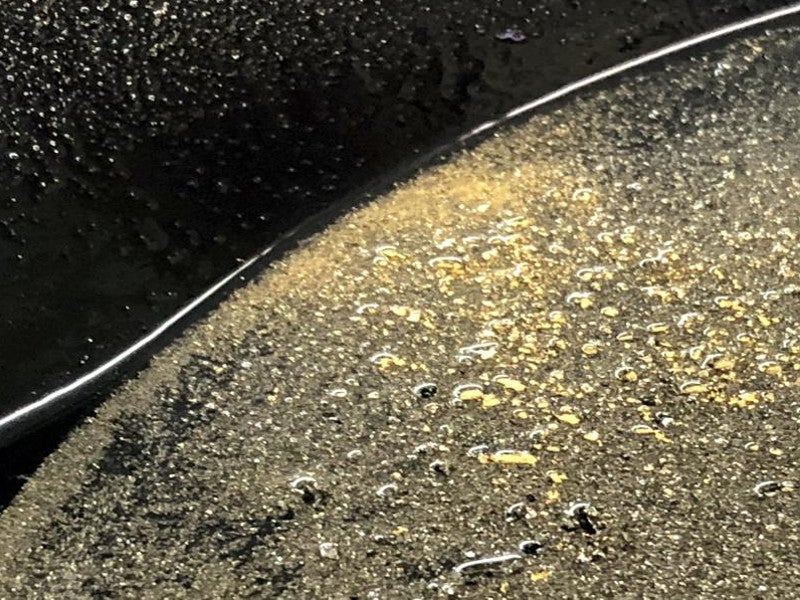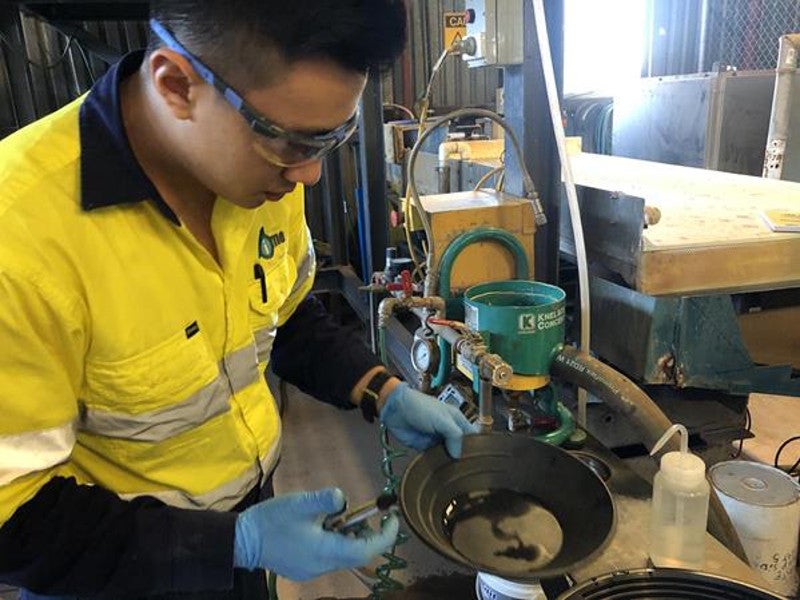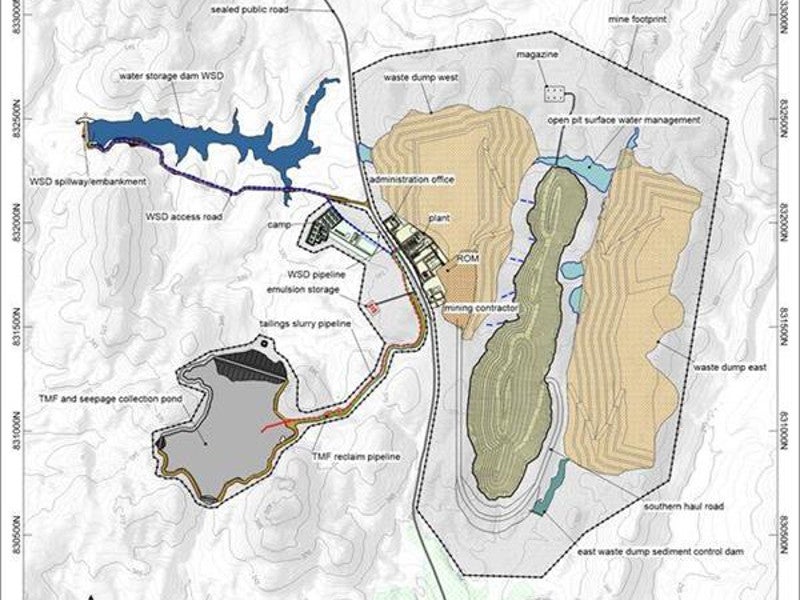The Segilola gold project is a high-grade gold project being developed in Osun, Nigeria. Thor Explorations is developing the project, which is set to be the first large-scale projects in the country.
Preliminary feasibility study (PFS) for the gold project was completed in September 2017, while the definitive feasibility study (DFS) and the preliminary economic assessment (PEA) study were completed in February 2019.
Construction of the gold project is expected to be started in the second quarter of 2019 and will continue for 18 months. First gold pour is anticipated to be made in the third quarter of 2020, while production is expected to average at 80,000oz through its initial mine life of five years.
Segilola gold project location, geology, and mineralisation
The Segilola gold project is located approximately 120km from the capital city of Lagos and hosted within the ML41 mining licence.
The project area is hosted in the crystalline basement complex rocks of southwestern Nigeria and forms a part of the Upper Proterozoic rocks of the Ilesha schist belt.
Gold mineralisation at Segilola project is mainly contained within structural compartments formed by the intersection of a westerly-dipping footwall calc-silicate suite of rocks and sub-vertical shear zones.
Most of the mineralisation is associated with steep westerly-dipping, north-trending pegmatitic quartz-feldspar veins identified within variably deformed gneissic rocks and schist. The vein system extends over a strike length of approximately 2,000m and downwards to 400m from the surface.
Reserves
The probable ore reserves at Segilola gold project are estimated to be three million tonnes (Mt), with contained gold of 405,000oz grading 4.2g/t Au.
Mining and ore processing at Segilola gold project
A combination of conventional open-pit and underground methods of mining, involving drilling and blasting, followed by loading and hauling, is proposed for the Segilola gold project. Major mining fleet will comprise 200t excavators and 90t dump trucks.
Mining is initially expected to be started in the northern end of the deposit, targeting high-grade ore close to surface and progressing in a north-south direction.
Underground mining is proposed for a three-year period and is expected to be run simultaneously with the open-pit operations.
The processing plant will have a nameplate capacity of 650,000 tonnes of ore a year. Run-of-mine (ROM) ore will be crushed in a conventional crushing circuit and forwarded to a two-stage grinding unit to produce a P80 size of 106μm.
The crushed material will be forwarded to a gravity circuit followed by gold extraction using the carbon-in-leach process. The extracted material will undergo elution at high pressure and temperature, electro-winning, and smelting processes to produce gold doré.
Infrastructure
Diesel generators will provide electrical power during the construction stage, while seven 1.2MW compressed natural gas generators will offer main power supply.
Process water for the project will be collected from the tailings storage facility (TSF), while a new water storage dam will be constructed to supply raw water.
Workers will be accommodated at a 100-person camp located to the west of the processing plant.
Tailings will be stored in the TSF located approximately 1.3km south-west of the processing plant.
Contractors involved
NORINCO International Cooperation (NORINCO) was awarded the engineering, procurement, and construction contract for the processing plant and the associated infrastructure.
Consultants involved in the preparation of the DFS were Roscoe Postle Associates, GR Engineering Services, NORINCO, Auralia Mining Consulting, and Knight Piesold Consulting.
Roscoe Postle also drafted the PEA for the proposed underground project.






